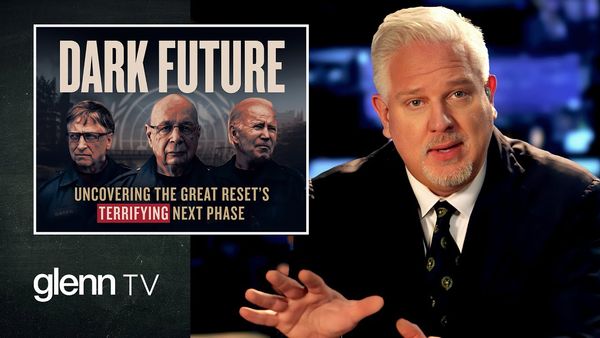11 US companies — and counting — going through mass layoffs right now

Major U.S. companies are putting tens of thousands of Americans out of work.
While some analysts believe the job cuts are a sign of more bad things to come for the economy, others have taken cues from some of the top brands that say they are shifting toward automation and AI, rendering thousands of jobs useless, especially in the warehouse, sorting, and human resources sectors.
'I've reduced it from 9,000 heads to about 5,000 because I need less heads.'
One of those companies is UPS, which recently announced they had cut 48,000 employees since last year. According to the New York Times, 70% of those jobs affected drivers and warehouse workers. The Atlanta-based company said it was undergoing changes in its delivery network.
UPS claimed it would save $3.5 billion from the cuts, with Yahoo Finance reporting that its stock jumped after the company disclosed the mass layoffs.
After leaked Amazon documents alleged that the company would avoid 600,000 future hirings — replacing them with robots — inside sources then allegedly revealed that the company had 30,000 job cuts on the way as well.
Amazon ended up denying that the internal documents represented its "overall hiring strategy" and then sliced the latter claim in half.
"Today's announcement ... includes an overall reduction in our corporate workforce of approximately 14,000 roles," a spokesperson told Blaze News. Amazon bolstered its announcement by stating it was going to make 250,000 seasonal hirings for Christmas.
RELATED: Amazon's secret strategy to replace 600,000 American workers with robots

Intel announced a major restructuring plan in July that it said would result in over 24,000 cuts by the end of 2025. According to PC Mag, the company planned to cut down its global workforce by 15% and get to 75,000 employees.
"These changes are designed to create a faster-moving, flatter and more agile organization," Intel said.
Accenture fired thousands of employees, as reported in September, part of an $865 million restructuring plan. Despite the 11,000 cuts, it has nearly doubled its AI and data staff in two years.
Simply put, many people hired for routine tasks were replaced by AI smart tools, the report stated.
Microsoft was also making a bet on AI when it announced 7,000 layoffs in May, CNN said. Microsoft, like many of the companies, made moves to trim its management-class employee base.
Salesforce revealed in September that 4,000 employees were cut from its customer support network.
"I've reduced it from 9,000 heads to about 5,000 because I need less heads," CEO Marc Benioff said, per CNBC. The employees were set to be replaced by customer service bots called Agentforce.
RELATED: Cybernetics promised a merger of human and computer. Then why do we feel so out of the loop?

Other, smaller cuts came from the following:
- Paramount — 2,000 employees after its merger with Skydance;
- Target — 1,800 corporate cuts, including 800 roles that will never be refilled, in an attempt to spark growth;
- Applied Materials —1,400 cuts to reduce operating costs due to slow demand in the semiconductor industry;
- Kroger — 1,000 jobs cut in corporate administrative roles; and
- Meta — 600 people removed from the "superintelligence lab" to streamline decision-making processes.
There are other global examples, however, like Ford, which cut 1,000 jobs in Germany due to weak demand for electric vehicles, according to Newsweek, and PwC, the investment firm that said it was cutting its global staff by 5,600 after it "upskilled" other employees by using AI.
Swiss company Nestle also said it was dropping 16,000 employees to increase efficiency, but told CNBC the move was "much broader" than simply subbing in AI.
With some companies struggling to articulate the reasons for their layoffs, this could mean that a general increase in access to information is shining a light on what would typically be considered business as usual. However, it does seem clear that many companies are following through on what seemed like distant warnings that low-skilled or rote jobs will be replaced by robots or artificial intelligence.
Like Blaze News? Bypass the censors, sign up for our newsletters, and get stories like this direct to your inbox. Sign up here!

 Photo by Paul Hennessy/NurPhoto via Getty Images
Photo by Paul Hennessy/NurPhoto via Getty Images Photo by Justin Sullivan/Getty Images
Photo by Justin Sullivan/Getty Images

 Photo by Tasos Katopodis/Getty Images
Photo by Tasos Katopodis/Getty Images






